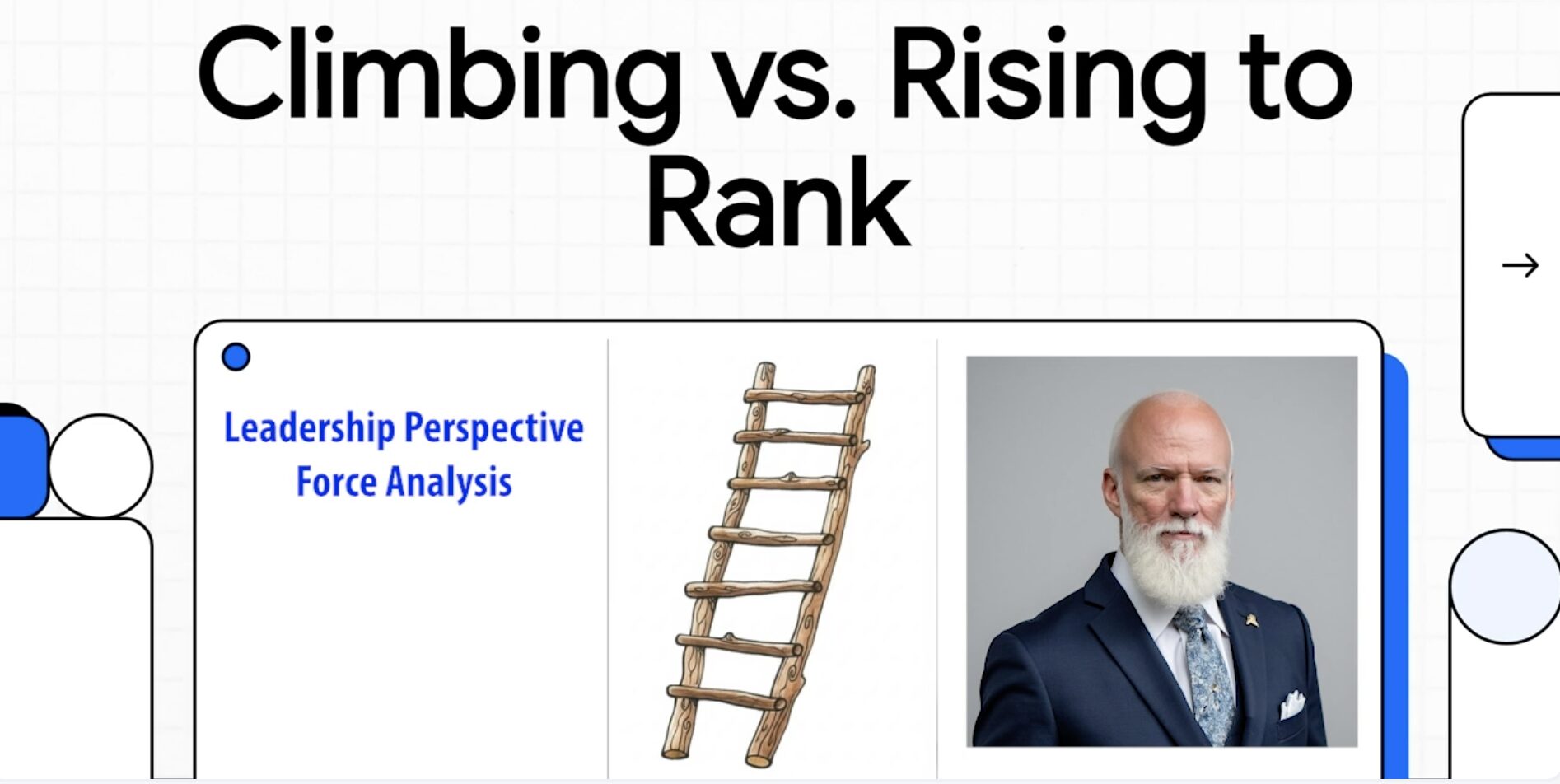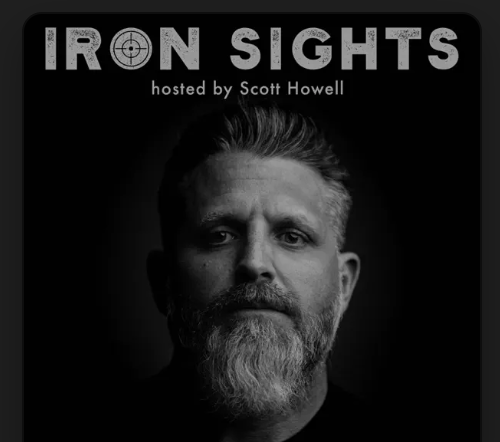The difference is between the the human eye (the larger 50 mm photo) and the Axon 4 camera is striking. These pictures are taken from the exact same spot.

Summary: Understanding Video Evidence Distortion in Police Use-of-Force Incidents
At Critical Incident Review (CIR), we analyze video evidence from police use-of-force incidents, focusing on how camera lenses affect perception. Our recent project compared a 50mm lens, which mimics the human eye’s perspective, with the fisheye lens of an Axon 4 body-worn camera (BWC). The findings highlight significant distortions in distance, time, speed, and motion caused by the BWC’s wide-angle fisheye lens.
Key Points
- Distance Distortion: The fisheye lens makes objects and people appear farther away than they are, potentially misrepresenting how close a threat was to an officer. For example, tests showed an officer at 12 feet from the camera appeared much farther in BWC footage compared to the 50mm lens.
- Impact on Perception: This distortion can alter how reviewers perceive an incident, affecting judgments about threat levels, reaction times, and spatial relationships.
- Human Eye vs. Camera: A 50mm lens closely matches the human eye’s 40-45 degree field of view and natural perspective, while fisheye lenses exaggerate curvature and stretch objects at the frame’s edges.
- Testing Setup: We placed cones at distances from 7 to 45 feet and recorded an individual holding objects (e.g., a knife, spatula, or remote) to demonstrate how lens distortion affects visuals. Both shoulder- and chest-mounted BWCs were tested.
- Implications for Law Enforcement:
– Training: Officers and analysts need education on lens limitations to interpret footage accurately.
– Scene Documentation: Understanding lens distortion ensures more reliable evidence for investigations and legal proceedings.
– Best Practices: Comparing lenses helps set standards for accurate visual documentation.
Why It Matters
The human eye, paired with the brain’s interpretive processes, perceives scenes differently than a camera. BWCs capture a wide field but distort reality, which can mislead viewers about critical incident details. By comparing a 50mm lens to a BWC, CIR aims to improve how footage is analyzed, enhance officer training, and ensure fairer outcomes in use-of-force reviews.
For a full copy of this report, fill out the form below.
For more on our methods and training, visit [CriticalIncidentReview.com](https://www.criticalincidentreview.com).


